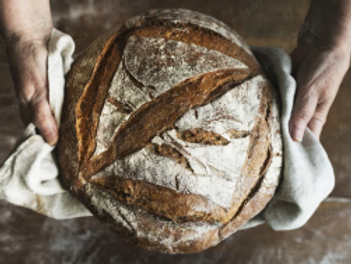STOKE SUNDAY HISTORY SPOT
Investigating the Past, to Understand the Present, to Plan for the Future
Click HERE for Main History Site
The Budget, Scrooge, and the Price of Bread in Stoke (and Beer)
“The Bread-tax grinds you down indeed
And makes your children vermin” Ebeneezer Elliott, 1830s

It’s 1840 in Stoke St Gregory. Three years before Dickens publishes A Christmas Carol. The Corn Laws are still in force, restricting the import of foreign wheat. The price of a quartern loaf (about two modern 900 gm loaves) has risen to more than 80% of a an agricultural labourer’s daily wage.
It was within this backdrop that two new bakers arrived in the village, Jacob Williams and Charles Squire. Although only 20 years old, Jacob, a lad from Swell, had already completed his apprenticeship and was a fully qualified baker. Charles, also twenty, worked for Jacob as a journeyman baker, before setting up his own business in Ash Grove, Meare Green. Jacob rented what is now Jessamine House from Charles Holcombe Dare. His baker’s shop must have been the scene of many discussions about the price of bread. The earlier bread riots were now a memory, but there was still a huge resentment by the average working people towards the wealthy farmers who benefitted from the artificially high price of wheat.
Across the road in the Royal Oak, things were much cheerier. The Beer Acts of the 1830s had allowed anyone to sell beer and cider on payment of two guineas, so many beer houses had sprung up in the village. Beer would have been sold for 1½d (less than 1p!) per pint. So a loaf of bread was about 80% of a day’s wage; a pint of beer 8% of a day’s wage. In the winter, after a day’s work, it was economical for father to spend the evening in the pub nursing a half or even a pint of beer, while mother and children went to be early rather than light a fire.
As the Cratchit family tells us - hard times, and the first edition of Dickens’ A Christmas Carol sold out before Christmas in 1843. Three years later the Corn Laws were repealed and cheap grain flooded in from North America. Bread was back on the menu for the average working family in Stoke, and our local bakers, Williams and Squire cashed in on the hugely increased trade. Jacob diversified into general grocery, but Charles developed his baking business, employing a number of workers, and eventually handing over to his son Arthur. Below is Arthur Squire’s delivery van.

Fast forward now to one hundred years ago - 1925. Until the first world war the price of bread had remained stable at a few pence per loaf, but wartime shortages saw the price rise sharply, more than doubling. As well as being a national indicator of the financial state of the average working family, it was very much a local talking point. The 4lb loaf was then about 14% of the daily wage and a pint of beer could be up to 10%, so things were starting to even up. The Taunton Courier and Western Advertiser reported on Wednesday 18 February 1925: “STOKE ST. GREGORY. Price of Bread.—Bread was raised here last Monday to 1s (5p) for the 4lb. loaf.” In May this had reduced to 10d (4p). In October it was reported that the price of bread in Stoke had been reduced to 9d.
So what about the present? In rough terms (and we now have so many types and prices of both beer and bread) it’s 3% for the bread, and 5% for the beer. But that’s 1.8kg of bread against one pint of beer, so make of that what you will . . . . .